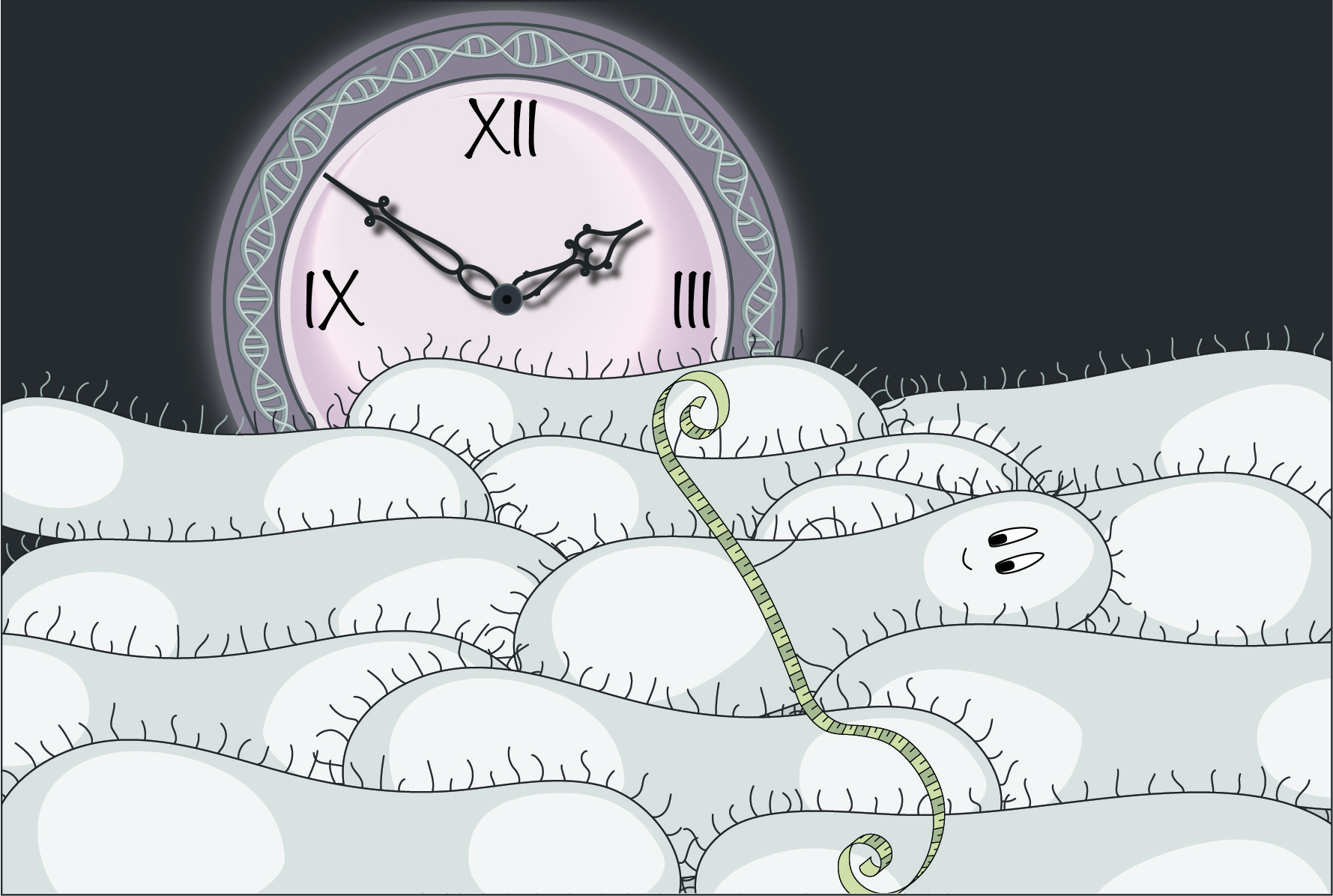POSTS
To copy or not to copy - new insight into the bacterium's dilemma
To survive in competition with other microbes, bacterial cells must divide as fast as the environment allows. An E. coli with a good supply of nutrients divides approximately every twenty minutes, but at the same time, it needs almost 40 minutes to copy its DNA. This means that the bacterium must start copying the chromosome in an earlier generation, and consequently have more than one copy of its DNA when it has just divided. But the number of copies and cell divisions must always be the same. There’s no room for errors in the competitive environment in which most bacteria live.

We can draw parallels to multicellular organisms, such as ourselves. When a single-celled organism cannot synchronize DNA copying and cell division, death is practically inevitable. If our human cells fail to coordinate these processes, it usually leads to elimination, but on rare occasions, uncontrolled growth, i.e. tumors, can occur.
Although the coordination between DNA copying and cell division is a fundamental biological process, science has struggled with this mechanism for over 50 years. How does the cell know that it is time to start copying the DNA, or in scientific terms, initiate replication? Many models have been presented, most of them featuring the protein DnaA. Is the concentration of DnaA crucial? Or is the ratio between active and inactive DnaA the most important parameter? Some experiments contradict each other, and there are studies indicating the relative importance of different mechanisms change with the environment, which makes it even harder to compare results. On Google Scholar, the search “DnaA + replication initiation regulation” yields about 12,200 hits. Despite this, we do not have a complete model of what controls the process.
In this study, we have systematically explored replication-initiation control in bacteria to find out which models are most reasonable and at what growth rates. By genetically modifying different elements and monitoring the result in living E. coli, we show that only one of the models is accurately describing reality. The only problem is that this model is missing a key component, a protein or other molecule that can activate DnaA in a way that allows the cell to know how big it is. The study is one of the largest to elucidate how bacteria regulate replication initiation. We have characterized an army of modified bacteria by following the replication in thousands of individual cells, and although we still don’t have all the answers, science is 3.5 TB of image data richer. This data and the code used for analysis is openly available and will hopefully help other researchers interested in the replication process and how it is regulated in bacteria.
Read more in PNAS.